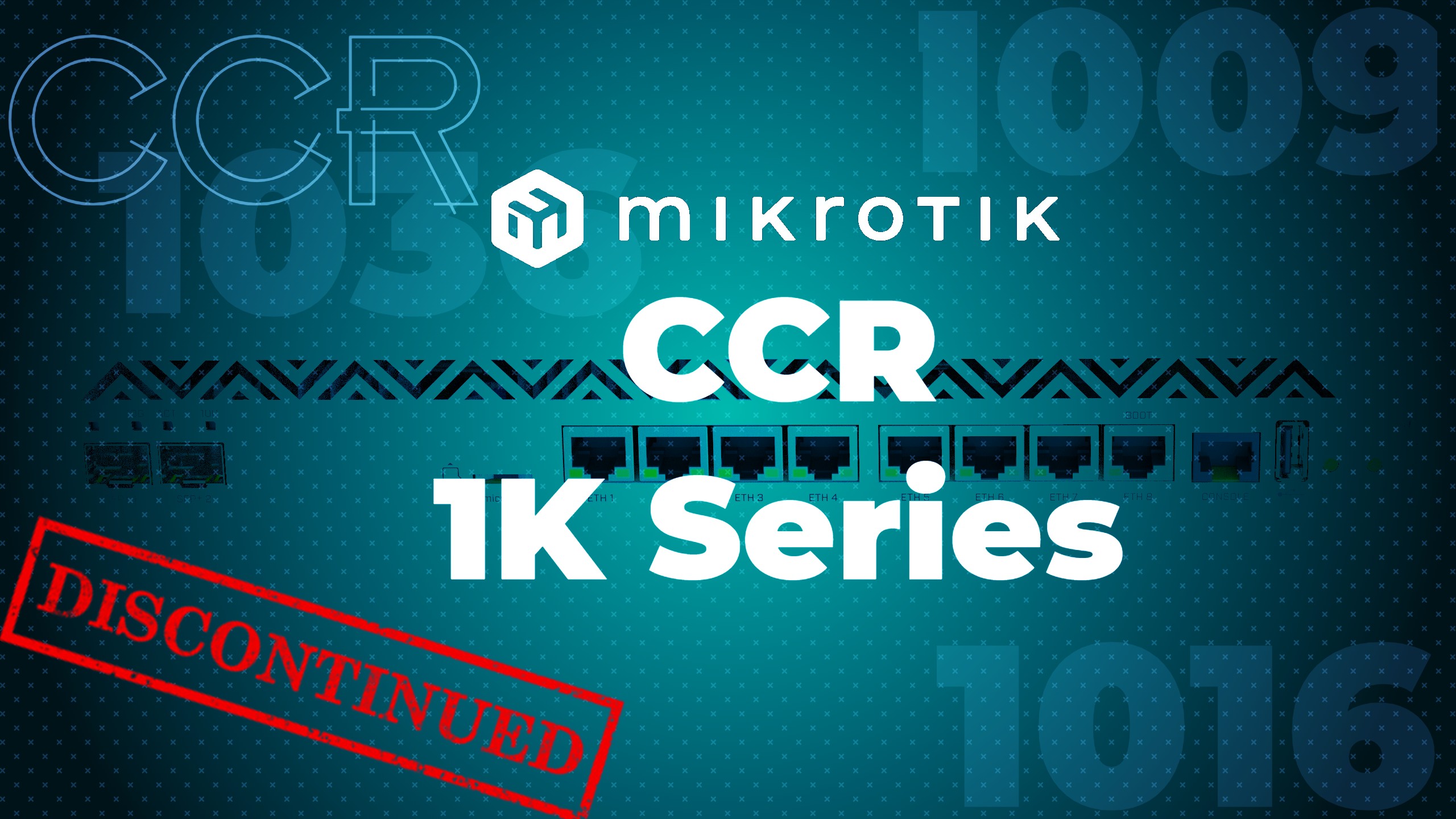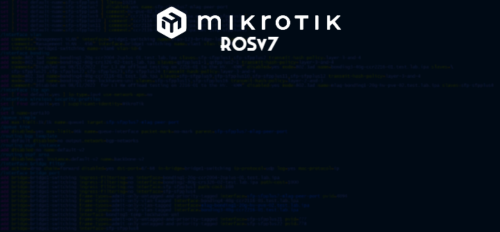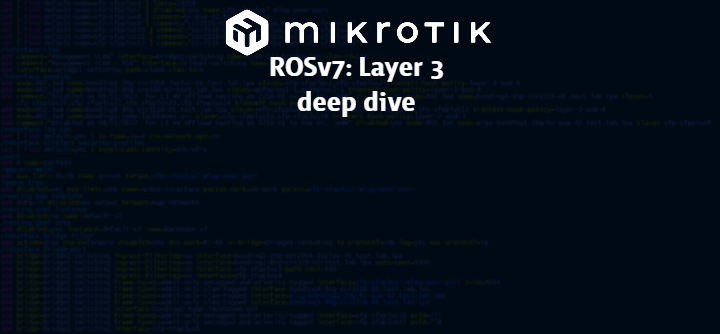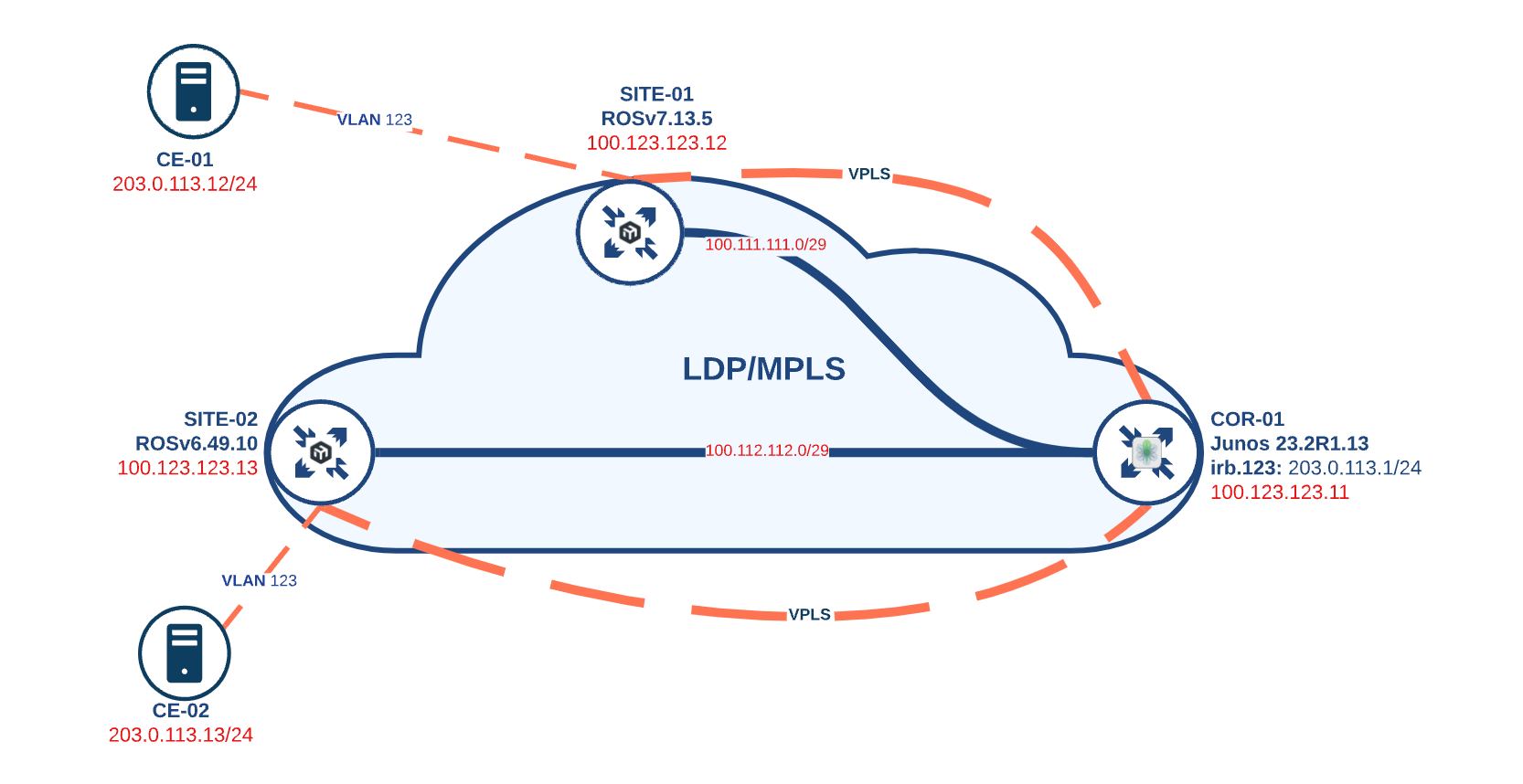
by Derek Anderson | Aug 28, 2023 | MikroTik, RouterOSv7
We knew it was coming when MikroTik announced the end of production for Tilera chips back in the fall of 2022, but recently (looks like it was last week), MikroTik moved almost all of the CCR1K series (CCR1009, CCR1016, CCR1036) to discontinued officially on the...

by Derek Anderson | Aug 15, 2023 | MikroTik, RouterOSv7
2023 has been a big year for MikroTik RouterOS v7 development. The OS has matured quite a bit and the number of operators that are using ROSv7 in prod has gone up significantly. Most of the work this year has been centered around feature parity with ROSv6 and...

by Derek Anderson | Aug 1, 2023 | MikroTik, RouterOSv7
Back To Home – RouterOS – MikroTik DocumentationMikroTik already has a wealth of VPN options and is introducing another with the Back to Home or BTH VPN service. The framework underneath is based on wireguard which MikroTik began supporting in the early...

by Derek Anderson | Sep 29, 2022 | MikroTik, RouterOSv7
Recently, we recorded a webinar to explain a design concept frequently used by iparchitechs.com to build and migrate WISP, FISP and Telco networks – separation of network functions. It centers around simplification of roles within an ISP network. It also explores the...

by Derek Anderson | Sep 1, 2022 | MikroTik, RouterOSv7
The pace of development for MikroTik RouterOS version 7 has definitely sped up in 2022 and we are seeing the results in improved stability and features added. As of August 31st, 2022, MikroTik moved ROS v7.5rc2 into v7.5 stable MikroTik Routers and Wireless –...







 +1 (855) 645-7684
+1 (855) 645-7684